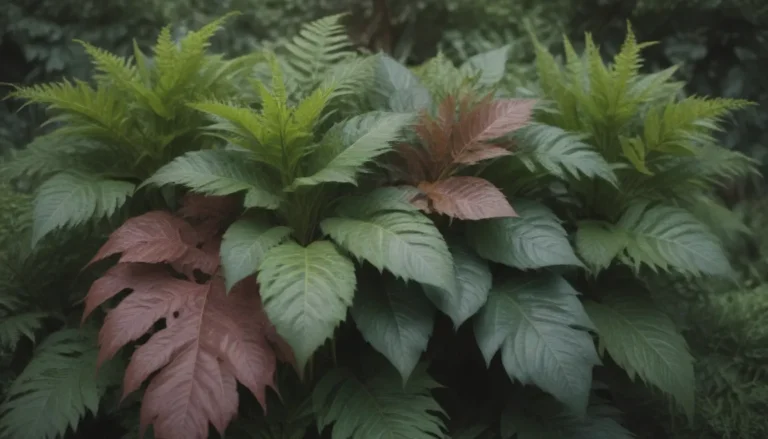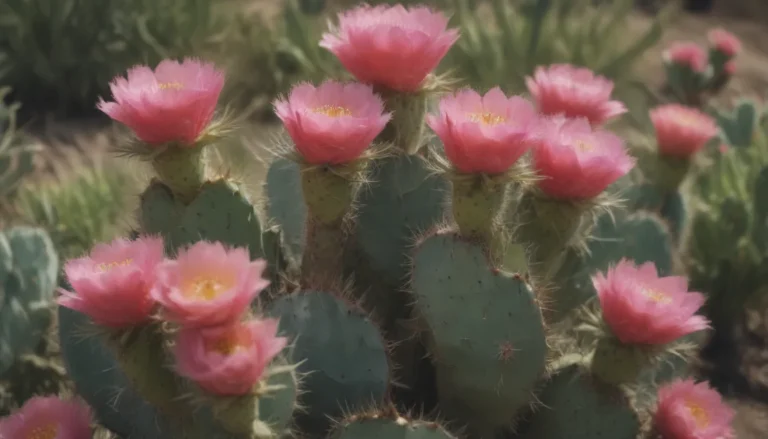How to Maximize Your Pumpkin Harvest

Do you dream of having a bumper pumpkin crop in your backyard, but aren’t sure how to make it happen? Growing pumpkins can be a rewarding and fun experience, but getting the most out of your pumpkin plants requires some know-how. From the variety of pumpkin to the environmental conditions and even pest control, there are many factors to consider when aiming for a plentiful pumpkin harvest.
If you’re wondering how many pumpkins you can get from a single plant, we’ve got you covered. In this comprehensive guide, we’ll delve into the various aspects that determine your pumpkin yield and provide you with tips and tricks to maximize the number of pumpkins per plant. So, roll up your sleeves and get ready to learn all about growing pumpkins like a pro!
How Many Pumpkins Can a Single Plant Produce?
Before we dive into the details of what influences a pumpkin plant’s yield, let’s address the burning question: How many pumpkins can a single plant produce? While the exact number varies depending on several factors, on average, a standard pumpkin vine can produce between two to five pumpkins. However, smaller varieties have the potential to yield even more—up to 12 pumpkins per plant. On the other hand, growers of giant pumpkins often limit the growth to just one pumpkin per vine to ensure optimal size and quality.
What Determines the Number of Pumpkins Per Plant?
Pumpkin Variety
The type of pumpkin variety you choose plays a significant role in determining the number of pumpkins your plant will produce. With over 250 pumpkin varieties that vary in size, shape, and color, it’s essential to select the right one for your desired yield. Remember, larger pumpkin varieties tend to produce fewer pumpkins per plant due to the resources required to grow bigger fruits. On the other hand, mini pumpkins weighing less than two pounds can yield as many as 10 to 12 pumpkins per plant.
Weather
Like all plants, pumpkins require adequate sunlight and water to thrive. Aim to provide your pumpkin plants with at least one inch of water per week, increasing during periods of heat and drought. However, be cautious of excessive rain, as it can lead to root rot. Additionally, ensure your pumpkin plants receive a minimum of six to nine hours of full sun every day for optimal growth.
Space
Pumpkins grow on sprawling vines that necessitate ample space to thrive. To maximize your pumpkin yield, plant the seeds in mounds with a two- to six-foot gap between each. Crowding the plants can lead to competition for resources, resulting in dropped flowers and underdeveloped fruits.
Soil Quality
While pumpkins can grow in various soil types, they thrive in sandy or loamy soils with good drainage and moisture retention. Avoid soggy or heavy soils, as they can impede the plant’s growth. Consider mixing compost into the soil before planting to provide a steady supply of nutrients throughout the season.
Pollination Success
Successful pollination is crucial for pumpkin production, as it triggers fruit growth. Ensure proper pollination by planting pollinator-friendly flowers near your pumpkin patch or by hand-pollinating the flowers if needed.
Pests or Diseases
Keep an eye out for pests like squash vine borers that can damage your pumpkin plants and reduce their yield. Regular monitoring and preventive measures can help safeguard your plants from infestations.
How to Maximize Your Pumpkin Yield
Now that you understand the factors that influence pumpkin yield, it’s time to put that knowledge into action to maximize your harvest. Here are some tips to help you get the most out of your pumpkin plants:
-
Nutrient-Rich Soil: Start off strong by ensuring your plant has the right nutrients. Add compost and fertilizer to the soil to support healthy growth and higher yields.
-
Remove Female Flowers: During the first three weeks of flower production, consider removing all female flowers to allow the vine to focus on growth before fruit production.
-
Promote Pollination: Enhance pollination by planting pollinator-friendly flowers like asters and zinnias near your pumpkin plants. You can also hand-pollinate the flowers for guaranteed success.
-
Monitor Pests and Diseases: Regularly inspect your pumpkin plants for signs of pests or diseases. Early detection and prevention are key to maintaining a healthy yield.
By following these tips and being attentive to your pumpkin plants’ needs, you can increase the number of pumpkins per plant and enjoy a plentiful harvest.
Whether you’re a seasoned gardener or just starting out, growing pumpkins can be a rewarding and enjoyable experience. With the right knowledge and techniques, you can cultivate a thriving pumpkin patch in your backyard and reap the delicious rewards come harvest time.
Remember, every pumpkin plant is unique, so don’t be discouraged if your yield varies from one season to the next. With patience, care, and a bit of luck, you’ll soon be on your way to enjoying a bountiful harvest of pumpkins straight from your garden.
Sources:
– Vegetable Gardening: A Beginner’s Guide. NC Extension.
– Photo Gallery of Vegetable Problems. Washington State University.
– Pumpkin Production. PennState Extension.





